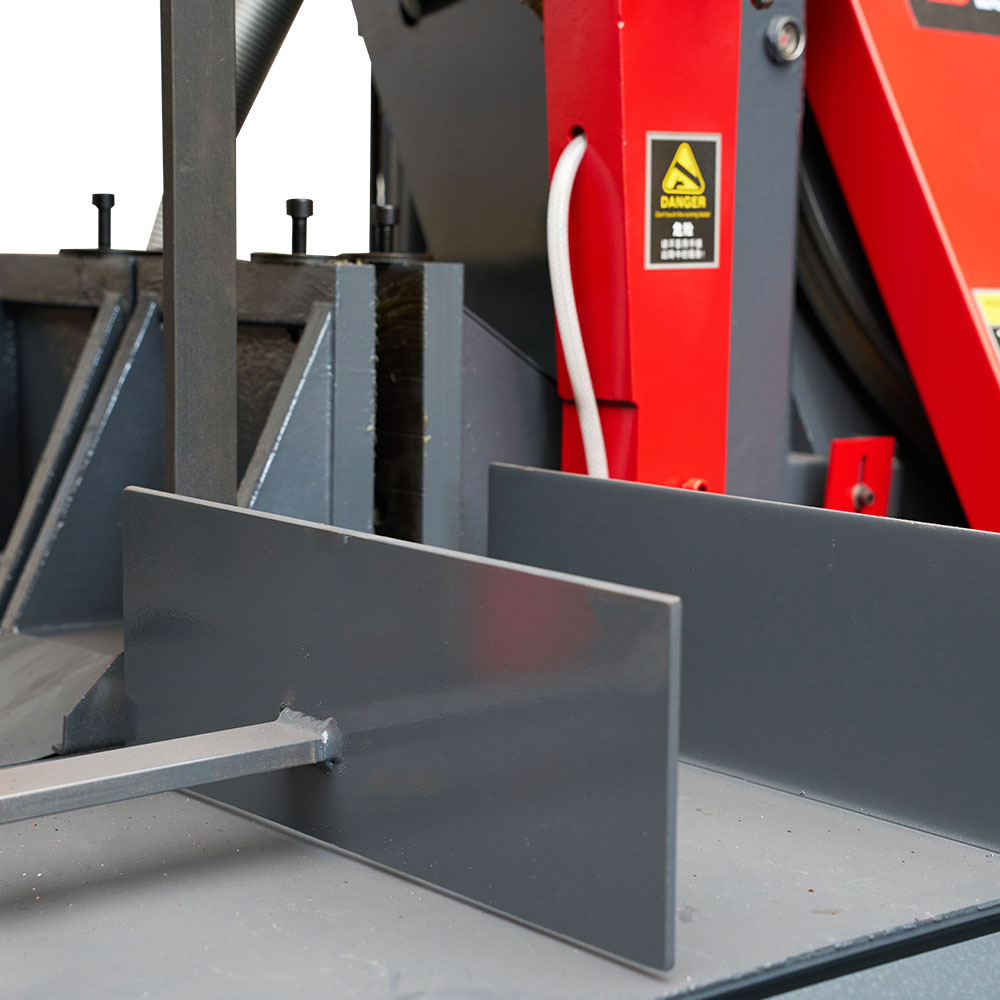Automation Trends Reshape Workflow Around Modern Horizontal Bandsaw Systems
As the metalworking industry continues to evolve, automation has emerged as a central force shaping workshop efficiency and consistency. In particular, the integration of the automatic horizontal bandsaw into production lines has brought noticeable changes in how materials are processed. These machines, equipped with automated feeding and cutting controls, reduce reliance on manual intervention while maintaining steady throughput.

One area where automation is especially visible is in the usage of the Double Column Horizontal Metal Band Saw. This type of saw has gained attention for its balance between structural strength and operational precision. Its dual-column design allows for enhanced support during cutting, reducing vibration and improving the consistency of results. As automation systems become more sophisticated, these saws are increasingly outfitted with programmable logic controls and sensor-driven feedback systems that adjust cutting parameters in real time.
In the past, horizontal bandsaws required constant monitoring. With the automatic horizontal bandsaw, routine operations such as clamping, feeding, and blade tensioning are now handled automatically. This shift has helped shops reallocate labor toward inspection, maintenance, and quality control tasks, ultimately contributing to a more efficient workflow. Many operators now rely on remote monitoring features and digital interfaces to track performance metrics and machine status throughout the day.
The Double Column Horizontal Metal Band Saw has become a consistent feature in environments where high material volumes and structural steel sections are processed. Its sturdy framework accommodates demanding applications while aligning with automation upgrades that improve cutting accuracy. Some systems now integrate with central control hubs, linking multiple machines across the workshop floor to a unified software platform.
At the same time, the automatic horizontal bandsaw is proving to be a flexible solution for small and medium-sized operations looking to improve consistency without adding excessive complexity. These saws often include preset cutting sequences, material libraries, and even automatic blade shutdown features for improved safety and material usage. As a result, even shops with limited technical personnel can adopt automation without steep learning curves.
By bringing automation into daily cutting routines, manufacturers are reducing downtime and standardizing procedures. The Double Column Horizontal Metal Band Saw plays a vital role in this transition by offering structural reliability and compatibility with digital upgrades. It’s now common for these machines to be equipped with real-time error detection or automatic adjustment systems that respond to material differences or blade wear.
In addition, the integration of the automatic horizontal bandsaw allows operators to queue tasks in advance, reducing the need for manual machine setup between jobs. This is especially helpful in environments with frequent material changes or batch processing. Over time, this reduces idle time and helps maintain a steady production pace.
The current trends indicate that automation will continue to reshape how metal cutting systems are selected and deployed. Both the Double Column Horizontal Metal Band Saw and the automatic horizontal bandsaw reflect a broader shift toward more responsive, data-informed machinery. These changes not only support improved workflow but also lay the groundwork for more predictive maintenance and energy-efficient practices across metalworking operations.
As this transition unfolds, attention will continue to focus on the compatibility of saws with modern control systems. For many workshops, adopting a Double Column Horizontal Metal Band Saw equipped with automation features means a more streamlined and repeatable production process. Similarly, the automatic horizontal bandsaw will remain a key component in advancing workshop agility and less material waste.

 English
English 中文简体
中文简体 русский
русский

